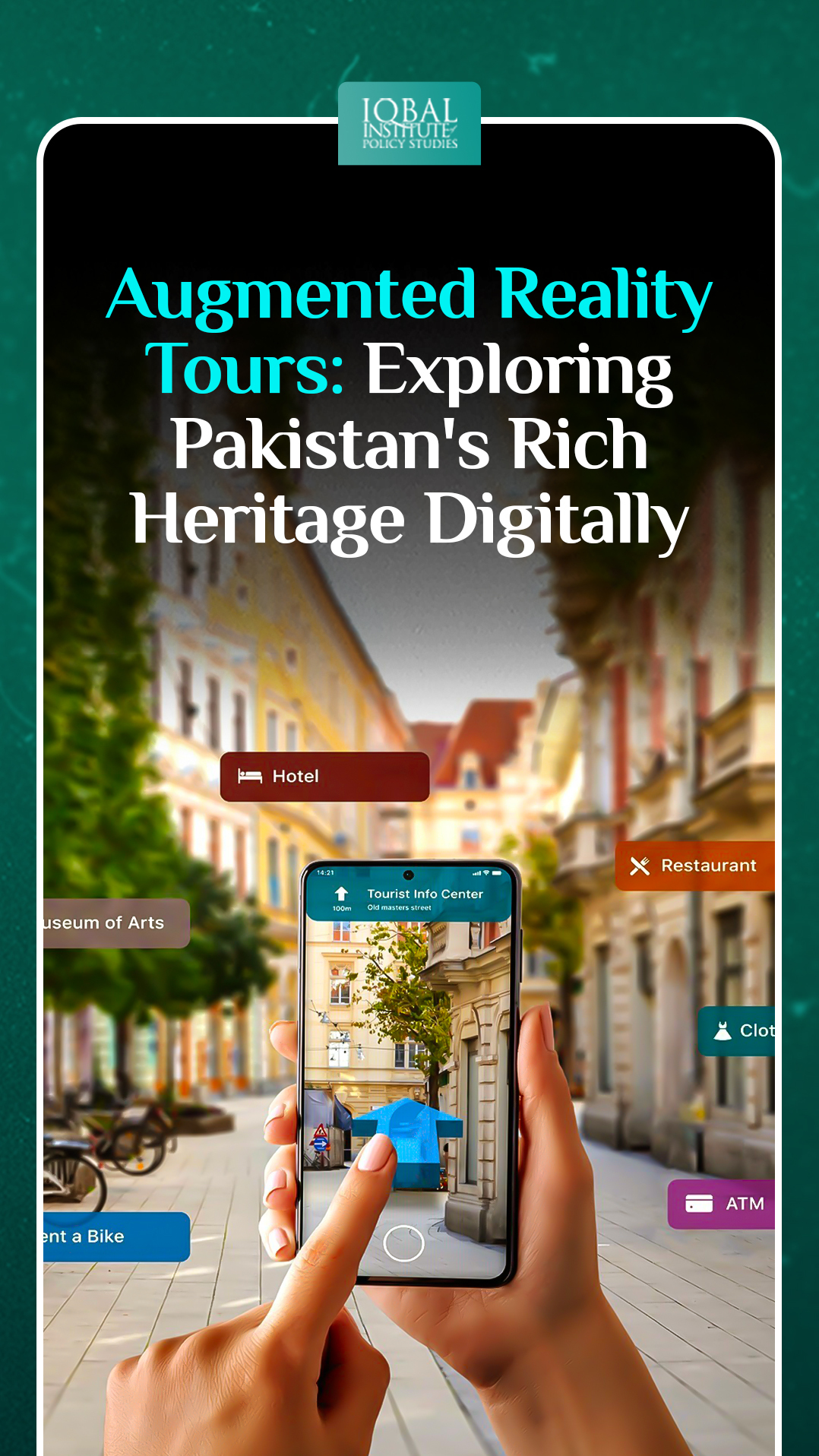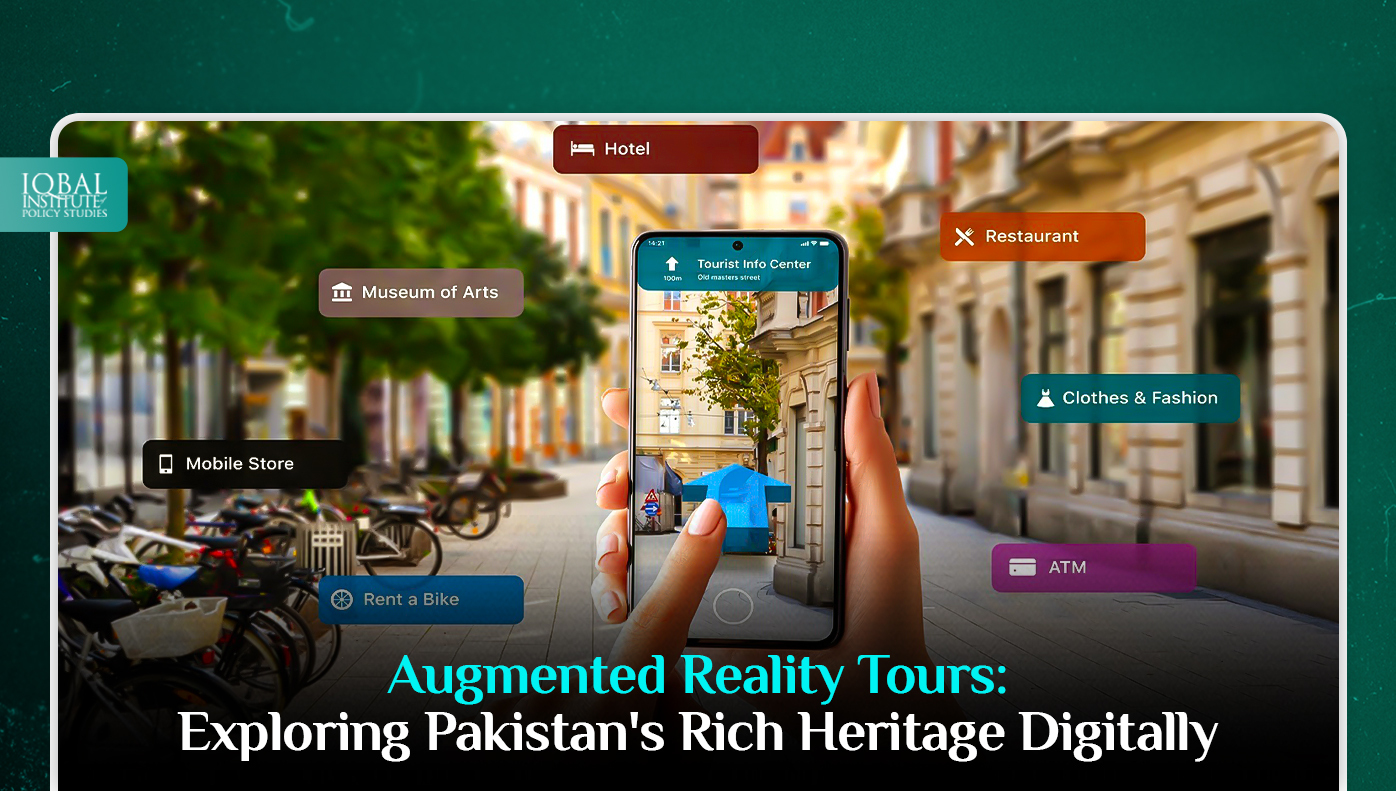In an era characterized by rapid technological advancement, augmented reality (AR) has emerged as a transformative force, reshaping the way we perceive and engage with our physical surroundings. In Pakistan, a country teeming with historical treasures, diverse landscapes, and a rich cultural tapestry, AR is breathing new life into heritage sites and cultural landmarks. This innovative technology is enabling travelers to embark on immersive journeys through time, allowing them to experience the past in ways that were once inconceivable.
The AR Revolution: Melding History and Innovation
Augmented reality, commonly referred to as AR, is a cutting-edge technology that blends digital elements, such as computer-generated images, videos, or information, with the real-world environment. Through the use of smartphones or AR glasses, users can seamlessly bridge the physical and digital realms, creating an interactive and captivating experience that fuses historical narratives with contemporary landscapes.
In a nation like Pakistan, where centuries of history have etched indelible marks upon its landscapes, AR is emerging as a catalyst for a profound transformation in heritage exploration. Here are some of the ways in which AR is reshaping the interaction between travelers and Pakistan’s rich heritage:
Virtual Time Machines: Journeys to Bygone Eras
Picture yourself standing amidst the ancient ruins of Mohenjo-Daro, one of the world’s earliest urban centers. With a simple AR-enabled device, you can witness the thriving streets, bustling markets, and daily lives of its inhabitants more than 4,000 years ago. AR serves as a virtual time machine, offering travelers the opportunity to witness historical events and epochs with their own eyes.
Interactive Learning: Engaging and Educational Experiences
AR-enhanced guide apps provide travelers with immersive storytelling experiences that shed light on the historical significance of a site. Visitors can stroll through the corridors of Lahore Fort and observe Mughal emperors presiding over their courts, or explore the ancient Buddhist monasteries of Taxila while listening to the teachings of monks from centuries past. These interactive narratives make history come alive in an engaging and memorable manner.
Solving Mysteries: Unearthing Hidden Treasures
AR isn’t limited to passive observation; it also engages travelers as active participants. In Taxila, for example, users can take part in a virtual archaeological dig, using their AR devices to unearth ancient artifacts and contribute to the ongoing research and discovery process.
Cultural Immersion: A Multisensory Experience
AR extends beyond visual enhancements; it engages multiple senses. At Mohatta Palace in Karachi, travelers can use AR to listen to the harmonious melodies of classical music, evoking the grandeur of a bygone era. This multisensory approach deepens cultural immersion and fosters a profound connection to history.
The Impact on Tourism in Pakistan
The introduction of AR in Pakistan’s tourism sector is nothing short of transformative:+
Enhanced Visitor Engagement: AR makes historical sites and cultural landmarks more engaging and accessible, particularly to younger generations who are accustomed to digital experiences.
Preservation of Heritage: Through digital replicas and interactive experiences, AR contributes to the preservation of cultural heritage by allowing sites to be explored without causing physical wear and tear.
Educational Value: AR tours are not limited to tourists; they serve as valuable educational tools for students, providing them with immersive opportunities to connect with Pakistan’s history and culture.
Boosting Tourism: Pakistan’s rich history and cultural heritage are becoming increasingly appealing to international travelers, contributing significantly to the growth of the country’s tourism sector.
Embracing the Future
As we find ourselves at the crossroads of tradition and innovation, AR is opening new doors to exploration and discovery. Pakistan’s historical sites, often overlooked on the world stage, are stepping into the limelight through augmented reality. The amalgamation of the past and the present, the tangible and the digital, is forging a path for travelers to immerse themselves in Pakistan’s rich heritage in ways that were once unimaginable.
In this context, AR is not just a tool for experiencing history; it’s a means of preserving and celebrating the cultural tapestry of Pakistan for generations to come. As travelers, historians, and tech enthusiasts embrace this digital revolution, Pakistan’s heritage is being redefined, allowing the echoes of the past to resonate vibrantly in the present and beyond. Augmented reality is, indeed, a portal to the soul of Pakistan, inviting all who dare to explore its rich and captivating history.
This article is written by Maha Nazami. Maha is a research analyst at the Iqbal Institute of Policy Studies (IIPS).



Leave a Reply